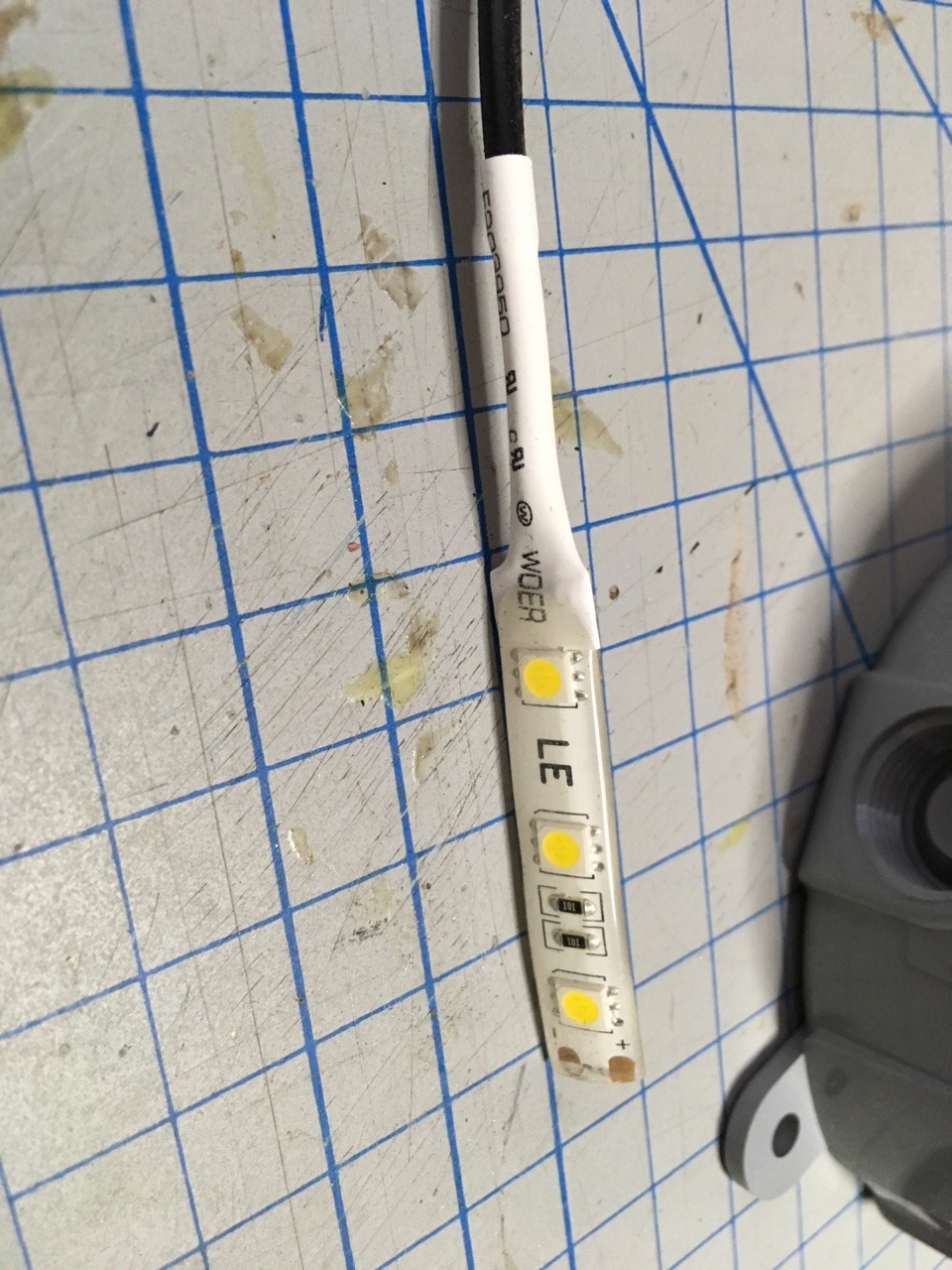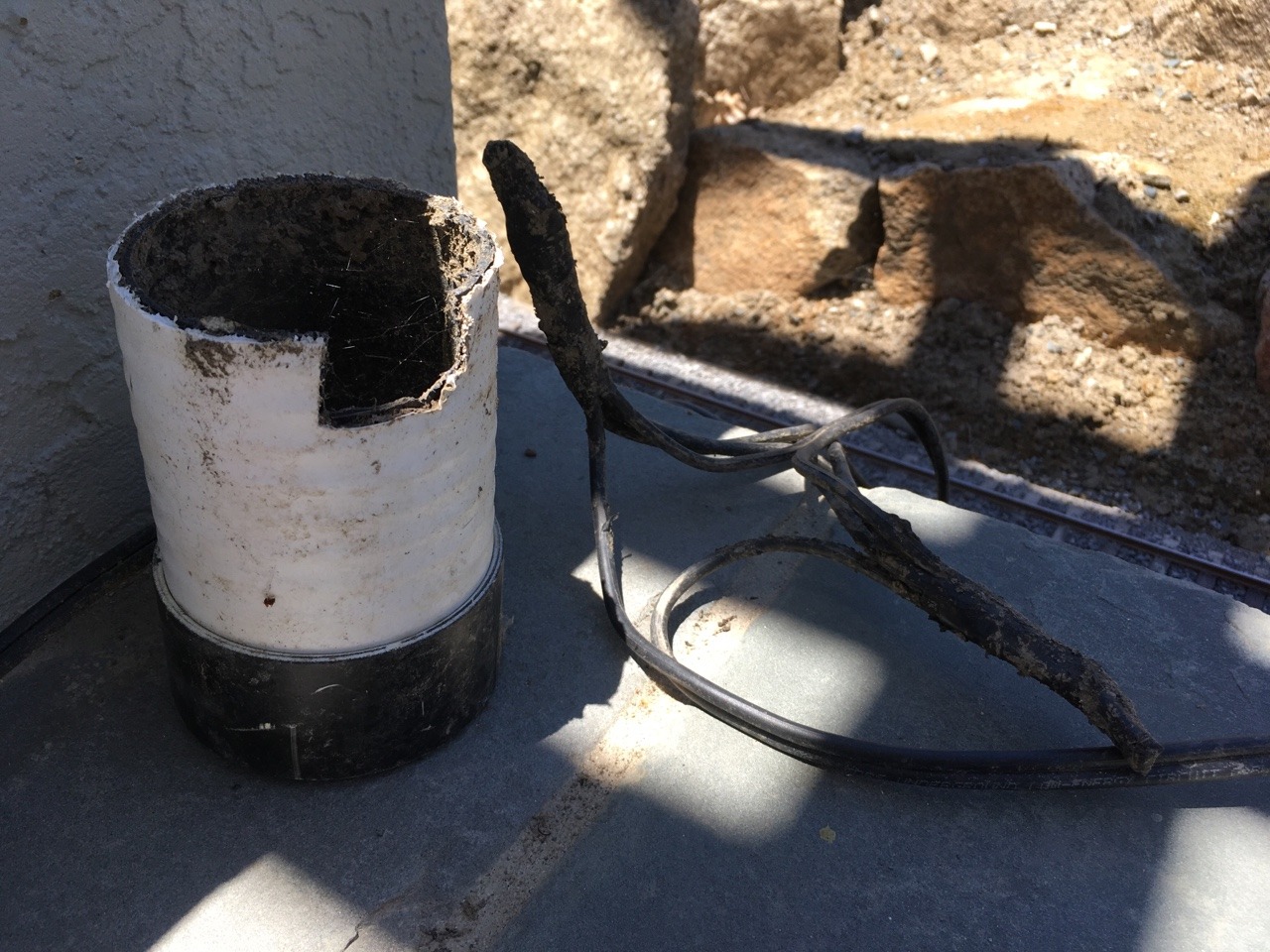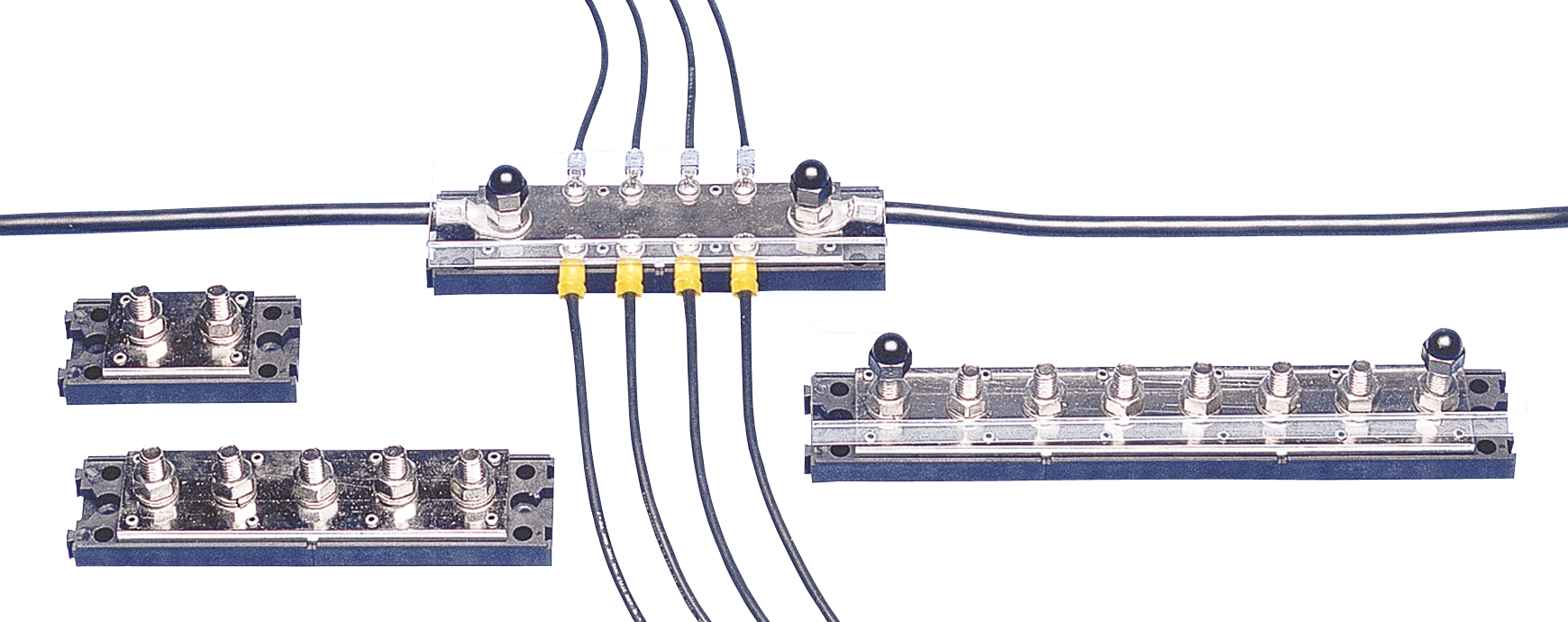Hey folks:
I’m wanting to wire up lights to my few existing buildings and get set up so I can incrementally add lights to new buildings as they are finished. I’m hoping that folks here will have some advice on how to conveniently, reliably, and modularly distribute an existing 12V DC feed around the layout. I have a current (no pun intended) plan but am not at all confident in it and know that many folks here have already solved this.
My plan is to use strip LED in warm colors (the kind where you can remove them 3 at a time and they come with integrated resistors for easy lights). They look like this:

That’s not really where I have questions. The question really is how to distribute power around the layout. My plan is to use standard DC garden power cable. Good points include reliable operation in a wet and corrosive environment. Bad is they are pretty large and wiring them together results in ungainly joints.
Here’s the existing wiring as put together by the landscaping folks (these power DC LED lights on my patio):

Note that there are about 3 or 4 wires, somehow attached to each other and then wrapped in what appears to be 20 feet of electricians tape. These were then buried inside that bit of PVC drain piping. Very elegant but it seems to work.
So I was thinking of using outside junction boxes as distribution hubs:

And then within that junction box, I’d use copper washers (1" diameter, cheaply available) as buss bars for +12V and ground, separated by a little contraption made out of PVC and styrene to keep the copper washers electrically separated. I vaguely am imagining using foam somehow to minimize water getting into these boxes.

So, what do you think? Is this crazy talk? Is there some other much more elegant method?
My next set of questions has to do with connectors so I can take buildings off as necessary.
Thanks in advance for any ideas.
